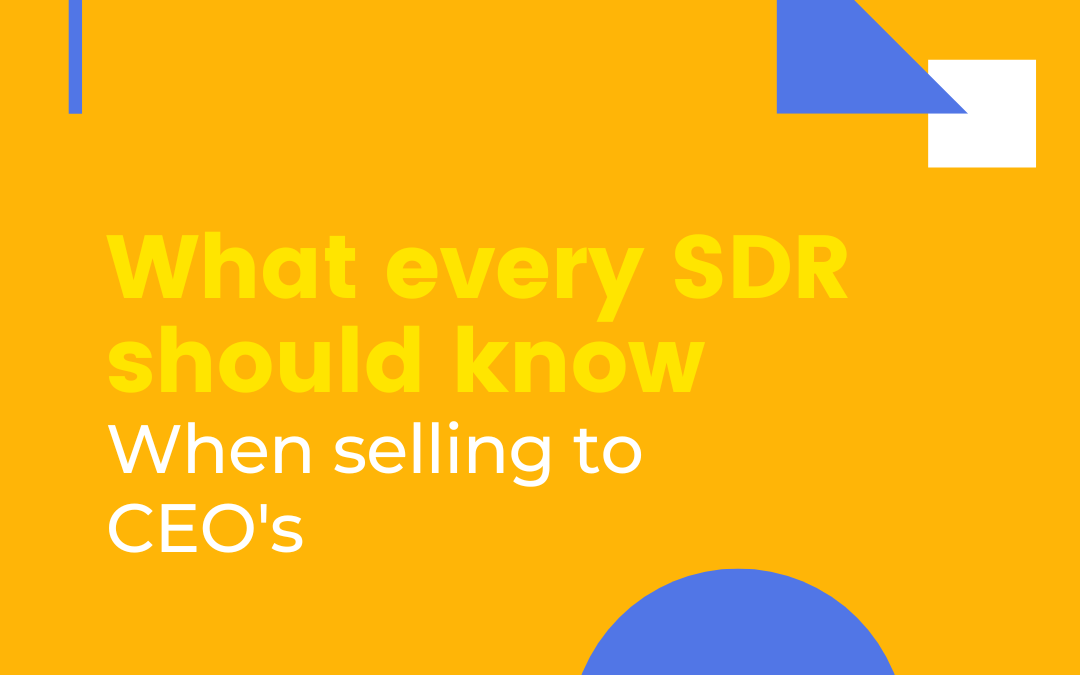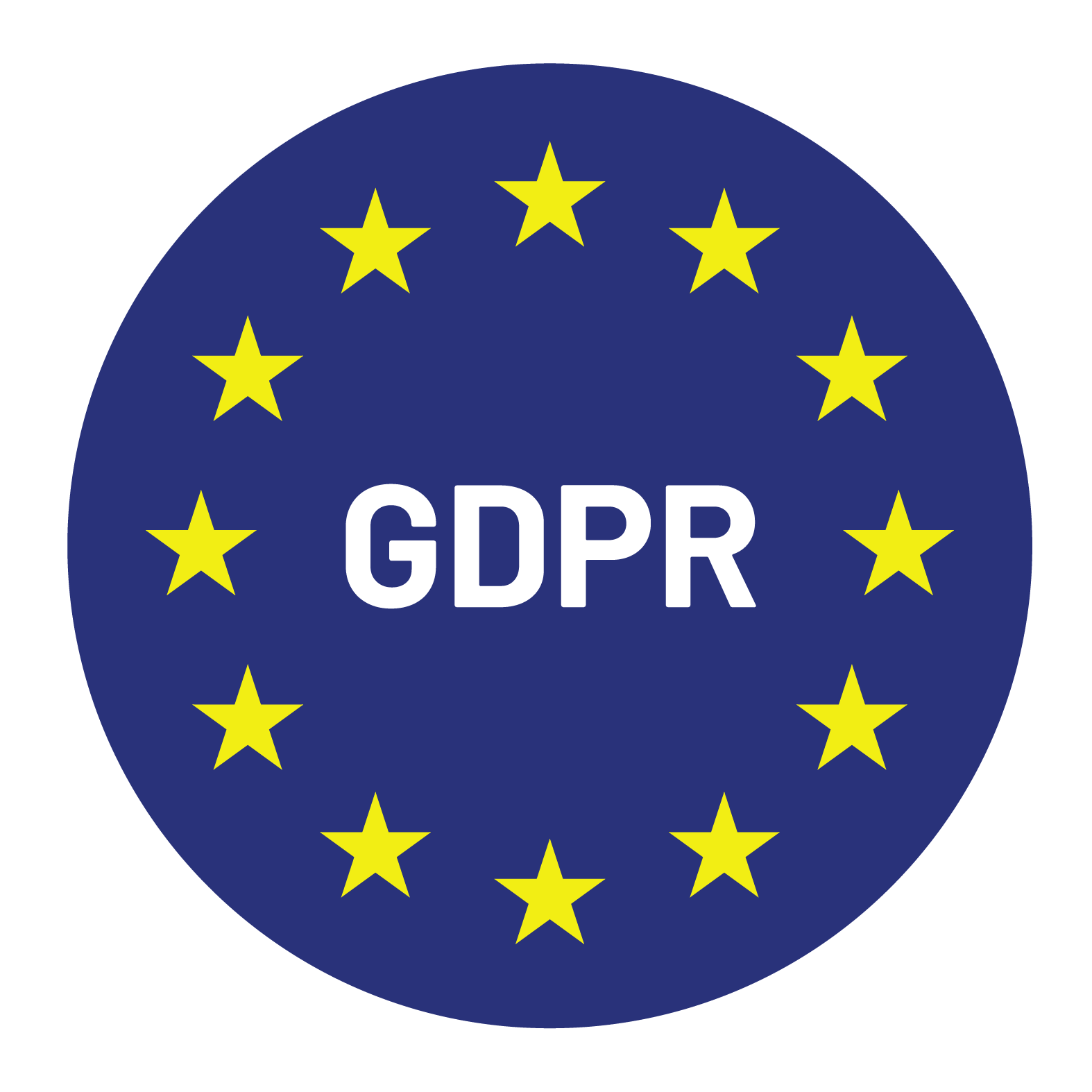


Content Writer for Whistle with multidisciplinary experience spanning over a decade.
Selling to a CEO may seem like an excellent strategy for the aspiring SDR. However, a number of factors need to be taken into consideration before approaching the head of the table. As an SDR agency with years of experience, Whistle explores some of the steps to follow in order to give your sales pitch the best chance of success.
According to Whistle CEO, David Zeff, a CEO that you are approaching has quite a few things that they couldn’t care less about so you shouldn’t waste their time on giving them information that they would perceive to be irrelevant.
The CEO cares about Return on Investment. In fact, their most important challenge to any salesperson would probably be, “Show me how my investment in you is going to return multiples in value back to me and I’ll keep buying.”
The best SDRs in the business have a method to their sales approach that creates the most favorable set of circumstances for a business relationship to develop. Knowing who to sell to is the first step of the process. The individual in question will most likely be a key decision maker in the organization and will probably also have the ability to influence decisions of others at a strategic level. Finding out how to best approach said individual may require some careful planning and using a method of communication that the individual favors.
Doing your research is essential to the success of your plan. Find out as much about your prospect as possible. Some individuals choose to show different aspects of their personality on different social media platforms and it would be best to engage in a wide variety of online research techniques in order to best understand what they are passionate about and what they stand for, in and out of the boardroom. Knowing as many details about these individuals as possible will make for a solid face-to-face meeting. This in turn creates the platform for a sincere, meaningful and genuine relationship in the months and possibly years ahead. In fact, it is this consistency over a long period of time that cements your role as trusted advisor or concierge through the sales process.
Being genuine in all your interactions with clients should be the standard practice of any SDR worth their salt. Part of that is honestly communicating your value to the prospect in terms of monetary return that you have achieved. It’s not showing off, it’s a reminder of your value and gives the relationship a more tangible sense of worth in the mind of the prospect.
You can split your message into three segments:
Closing the deal sometimes means having to climb to the top tier of the company. It may be difficult to get in contact with them, get a meeting with them or convince them of anything. Selling to CEOs can be very rewarding though. When you get everything right, it creates a symbiotic relationship that is genuine, long-lasting and mutually beneficial in the monetary sense.


© Copyright – Whistle 2023

An expert panel on best practices for selling software.